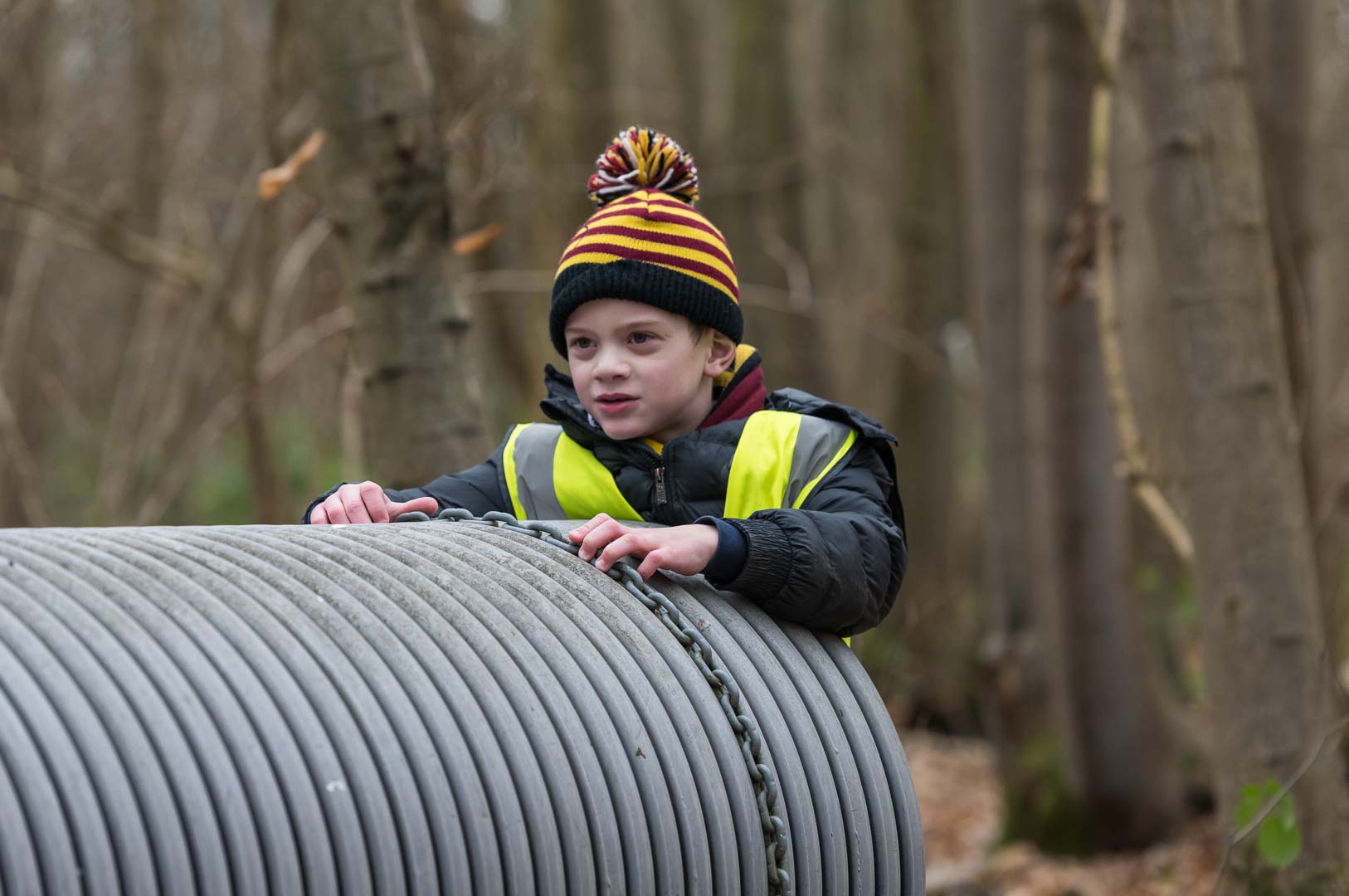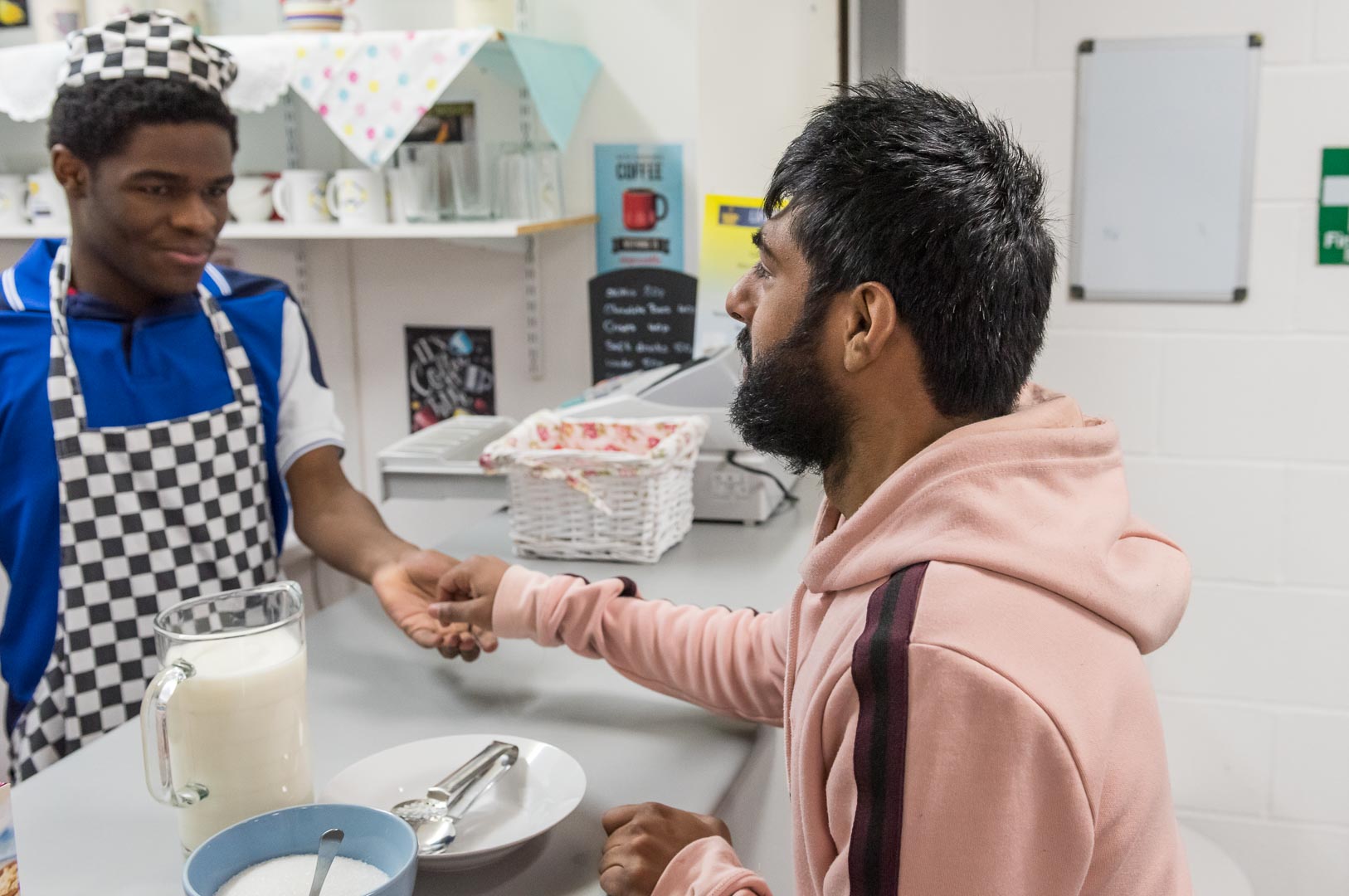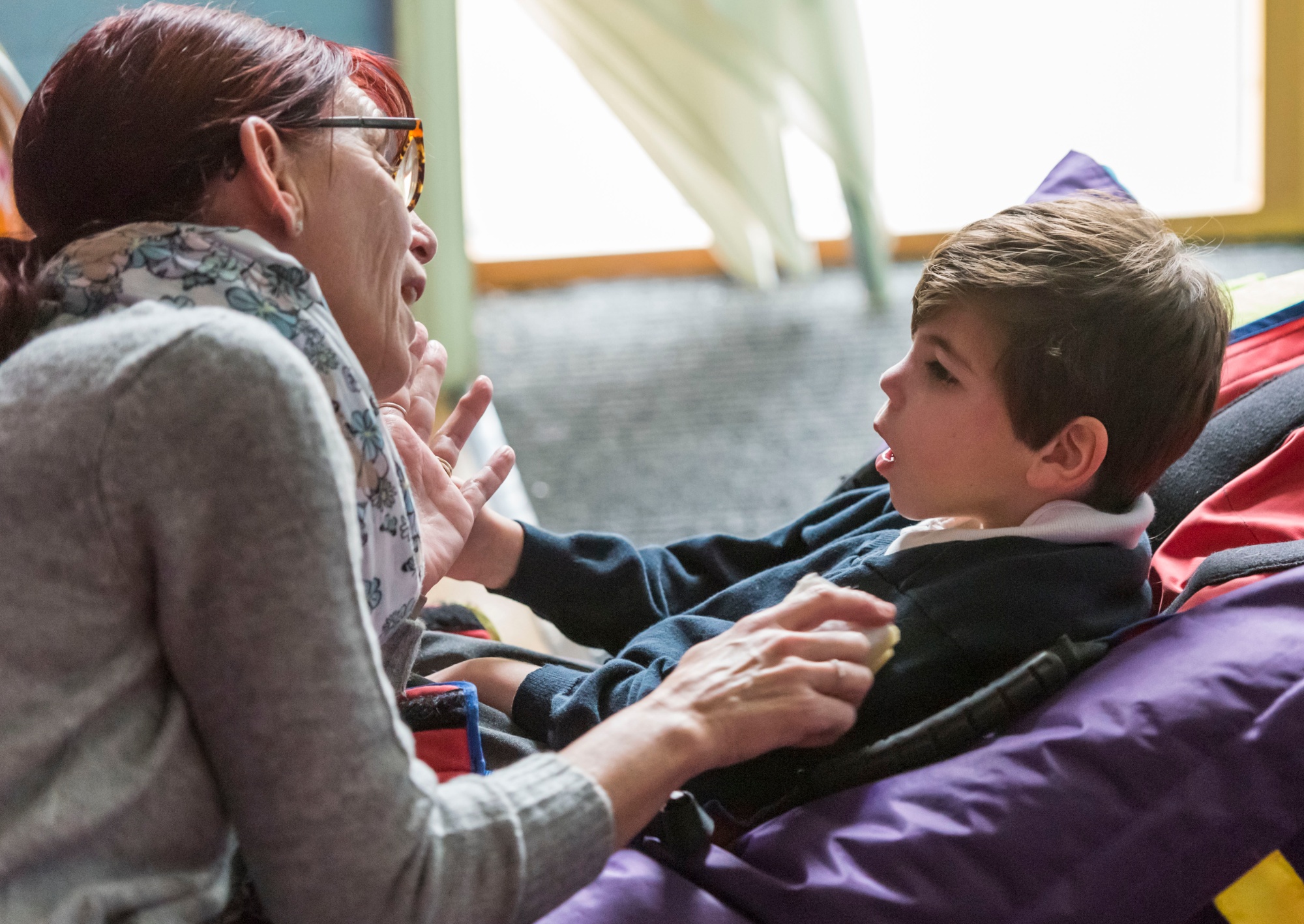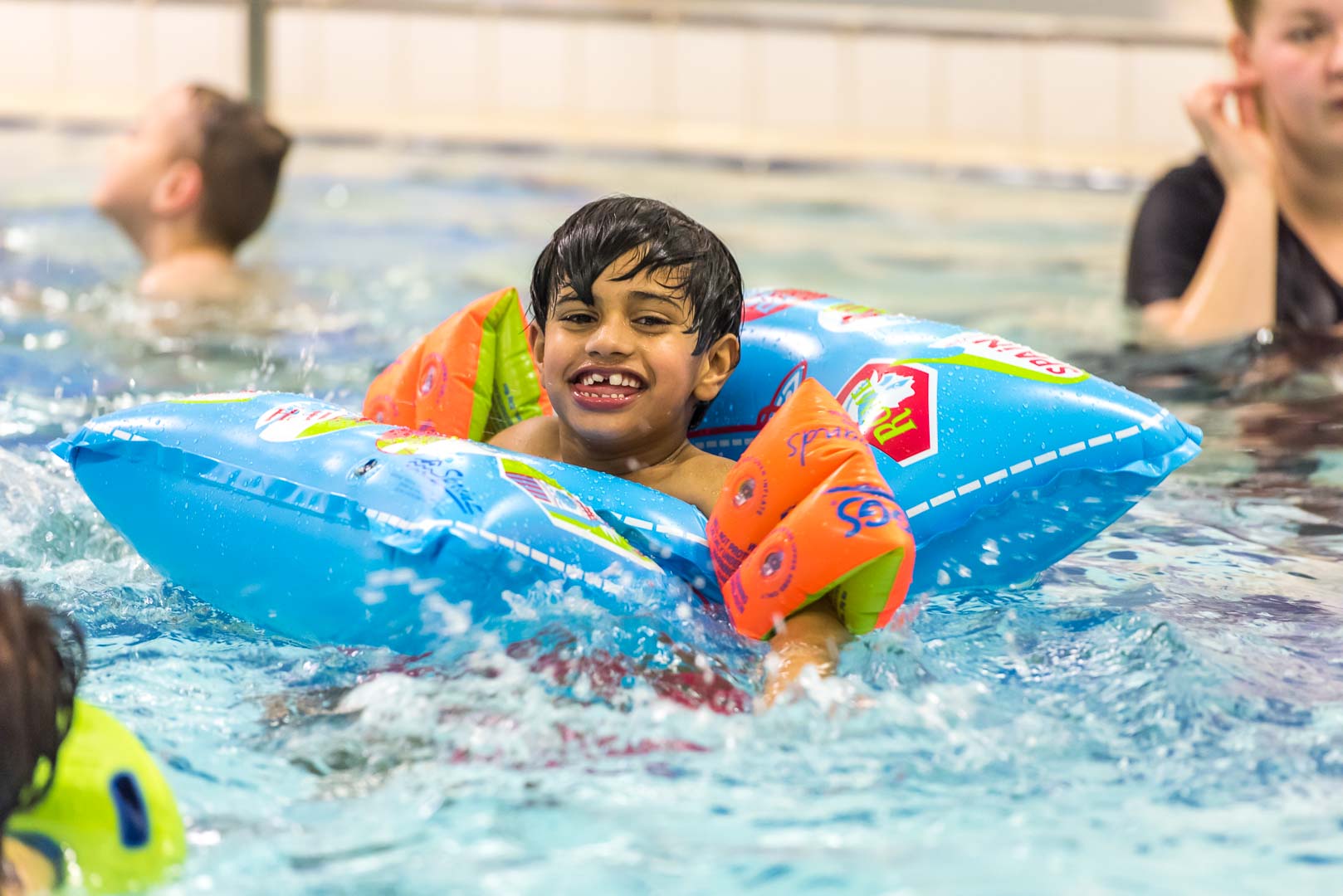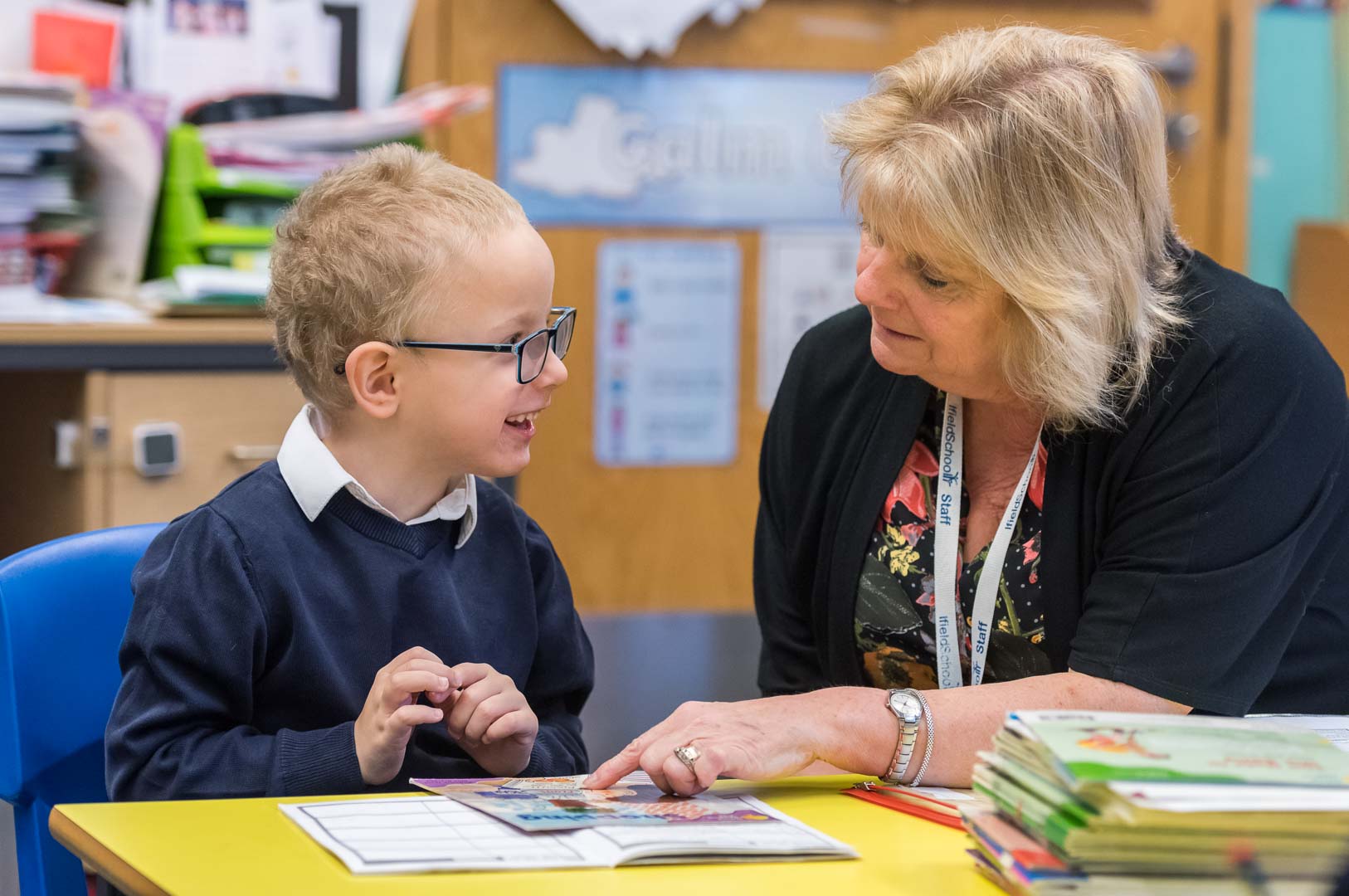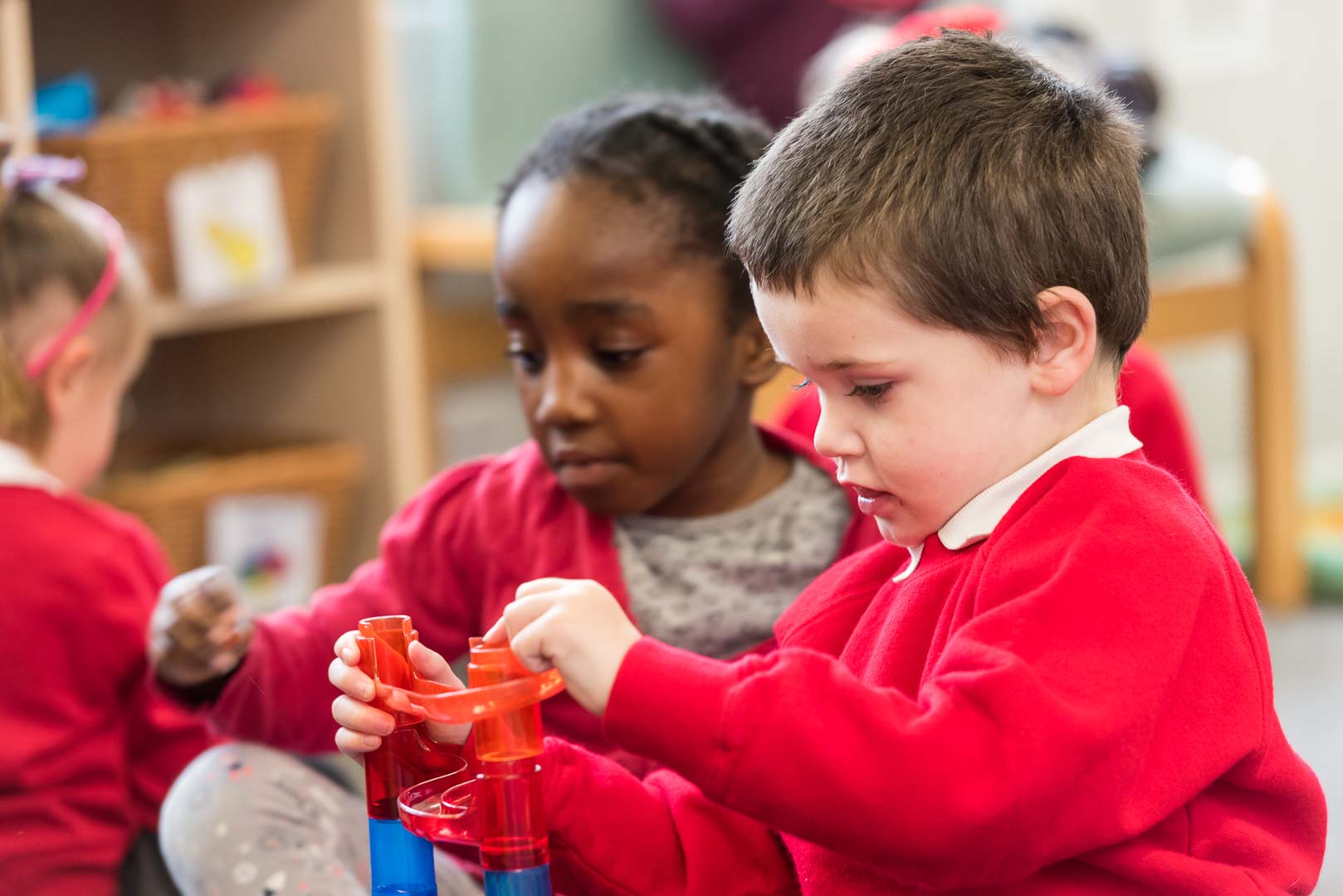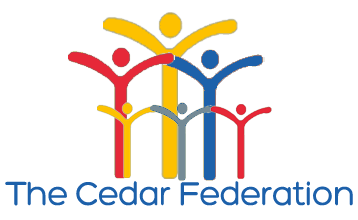Please find below home learning resources also please click content on the right hand side:
Home Learning Tasks
Hawk Class
Week beginning 30th November 2020
Below are some suggestions for home learning activities. Where possible the resources have been provided. We fully understand that you may not have all the resources at home to carry out every task.
Internet Safety
Please make sure your children are supervised when using the internet. The sources below have been checked internally at school. Please check them again before sharing with your children to ensure that your internet settings are blocking any undesirable content.
Timetable
The timetable is for guidance so that you can balance school work and leisure activities.
|
MONDAY |
TUESDAY |
WEDNESDAY |
THURSDAY |
FRIDAY |
|
Food Tech |
Maths
|
Maths |
English |
Maths |
|
Spelling |
Grammar/ Punctuation |
PE |
Topic |
English |
|
Reading
|
English/Topic
|
Reading |
Reading |
Topic |
|
Life Skills
|
Science |
PE |
PSHE |
|
FOOD TECH |
|
We are learning about food cooked during the war Food in the war was not freely available and was rationed. This made providing food for families difficult so housewives adapted recipes. Try making some of these war-time recipes from the Wartime recipe booklet. |
|
SPELLING |
|
We are learning about adding ‘ies’ to nouns and verbs Practice segmenting (sounding out sounds in words) and blending the sounds back together. NB: Some words need to learned on sight and cannot be segmented and blended.
This week’s spellings are: Easy: he, she, we, me, be, you, all, are, her, was Medium/hard: flies, tries, replies, copies, babies, carries, cries, dries, marries, families Activity Practice writing each word on the look, say, write, cover and check sheet. Then write a sentence for each of the spelling works making sure the spelling word is included. Resources Look say cover write check sheet easy and medium/hard Lined paper to write sentences. |
|
GRAMMAR AND PUNCTUATION |
|
We are learning about using subordination – when, if, that, because Share the Power Point resource with you child and discuss how the subordinating words have been used in sentences.
Make up some of your own sentences using the subordination conjunctions when, if, that, because. |
|
READING |
|
We are learning how to answer questions about a text Choose the appropriate level text for your child. Encourage them to read the text to you and then discuss the questions. Where the answer is written in the text (literal questions) encourage your child to find the answer. Where the answer is not in the text (inference) talk about the question and guide your child to think about a relevant answer.
Lesson 1 Battle of Britain reading comprehension - easier*, medium** harder*** Lesson 2 Winston Churchill reading comprehension – easier*, medium**, harder*** Lesson 3 The Blitz reading comprehension – easier*, medium**, harder*** |
|
LIFE SKILLS |
|
We are learning about telling the time This week we are discussing why it is important to know what the time is.
Work through the Power Point and help your child read the times accurately. Discuss the importance of the long hand and the short hand.
Resources Time Power Point |
|
MATHS |
|
Lesson 1 We are learning about making equal groups.
Share the Power Point with your child and work through the examples together. When you are happy they can share equally try the activity.
Complete the Sharing Counters activity – you will need some small objects that can be shared to support your child.
Sharing Counters Activity Sheet Sharing Power Point
Lesson 2 We are learning about repeated addition
Share the Power Point Repeated Addition with your child and work through all the examples. It is important that they understand that multiplication is repeated addition. Then Try the activity sheet.
The activity sheet has three levels of difficulty – easy*, medium**, harder***. Choose the appropriate level for your child.
Power Point Repeated Addition Activity sheet Multiplication as Repeated Addition.
Lesson 3 We are learning about Arrays
Work through the lesson presentation with your child and support them in answering the questions. Then try the worksheets.
Lesson Presentation Arrays 2-5-10 Arrays Worksheet |
|
ENGLISH |
|
Lesson 1 We are learning about inventing and planning a story
Introduction Share the story of Cottonwool Colin with your child. https://www.youtube.com/watch?v=xHCrM3tTxXc
Discuss the order of events in the story. Together complete the story plan for Cottonwool Colin. (See example of story plan template). Tell your child that we can use this story structure to write a new story. We can change the setting or some of the characters (see below). Support them in completing a story plan for their new story using the structure of Cottonwool Colin.
Activity Easier – Complete a story plan by changing at least one detail (e.g. main character) Harder – Complete a story plan by changing the main character and the animals which chase them
Resources Story Plan – blank Story Plan – example Story of Cottonwool Colin https://www.youtube.com/watch?v=xHCrM3tTxXc
Lesson 2 We are learning about writing the beginning of a story Re-watch Cottonwool Colin. Focus on what happens in the beginning part of the story. https://www.youtube.com/watch?v=xHCrM3tTxXc
Discuss how the events are different at the beginning of the story. Look at the story plan from last lesson and decide what part of their story plan is the beginning part of the story. Identify some interesting describing words from the text and add these to your plan. Together using the story plan you created last lesson, orally tell the beginning part of the story. Add any new vocabulary to the plan. Practice this a number of times. Ask your child to write the beginning part of the story. See below.
Activity Easier – Write in full sentences. They should use a capital letter and a full stop correctly.
Medium – Write in full sentences. Extend sentences by using conjunctions: and, but, so, when, if, that, because and describing words.
Harder – Write in full sentences, use a range of conjunctions and adjectives. Try and use some more interesting vocabulary and ideas from other stories. Remember to read your sentences to make sure they make sense.
Resources Story plan form last lesson Paper for writing a story.
Lesson 3 We are learning about writing the middle part of a story
Introduction Tell your child that they will be writing the middle part of their story today. Discuss with them how it is important to make sure the middle part of the story is in the correct order. Ask them to retell the beginning part of their story. Look at their plan again and discuss what happens next. Discuss the vocabulary they may use and write this on the plan. Orally tell the middle part of the story before writing. Then ask your child to write the middle part of the story. Re-reading their work to make sure it makes sense.
Activity Easy – write in full sentences following the plan. Support your child with their vocabulary choices. Use capital letters and full stops. Challenge your child to use a conjunction (and, but or so).
Medium – Support your child with vocabulary choices. Encourage them to constantly refer to their plans. They should use Capital letters, full stops, conjunctions and adjectives (describing words) for detail.
Harder – Write in full sentences, use a range of conjunctions and adjectives. Try and use some more interesting vocabulary and ideas from other stories. Change the way you start your sentences. Remember to read your sentences to make sure they make sense.
Resources Story plan from lesson 1 Story from lesson 2 |
|
TOPIC |
|
Lesson 1 We are learning about the Battle of Britain
Introduction Tell your child that you are going to find out more about the Battle of Britain. Share the Power Point presentation about the Battle of Britain and discuss the information.
Activity The Battle of Britain Key Facts – easy*, medium**, harder***
Resources The Battle of Britain Key Facts
Lesson 2 We are learning about the Battle of Britain
Introduction Revisit the Battle of Britain presentation. Focus on the aircraft that flew in the Battle of Britain. Talk about their markings and how they can tell which country the planes came from. Pay particular attention to their markings. Discuss how the Spitfire was fast and could manoeuvre quickly in a battle.
Activity Print out the Spitfire and support your child in making the model.
Resources Spitfire model |
|
SCIENCE |
|
We are learning about different strength magnets
Introduction Tell your child that you are going to find out about magnetic strength. You can use fridge magnets if you have them. Share the Power Point with your child and talk through the investigation. Then complete the activity with them.
Activity Magnetic Strength Activity easy*, medium**, hard***.
|
|
PSHE/SMSC |
|
We are learning about social distancing
Share the following video with your child. While we can’t hug. https://www.youtube.com/watch?v=29eV1OdQYP8&feature=youtu.be
Talk about why we social distance and how we can show we car in lots of different ways.
Activity You could pain a rainbow to show someone that you care.
|
|
PE |
|
It is important to keep active. Check out the following links for fun exercise activities: Try out this adult and child workout https://www.youtube.com/watch?v=L_A_HjHZxfI
If you would like something a little letter energetic try Cosmic Kids super yoga Underwater Party https://cosmickids.com/video/super-yoga-underwater-party/ The Masked Singer https://cosmickids.com/video/the-masked-singer-a-cosmic-kids-yoga-adventure/
Check out other adventures with Cosmic Kids. |

